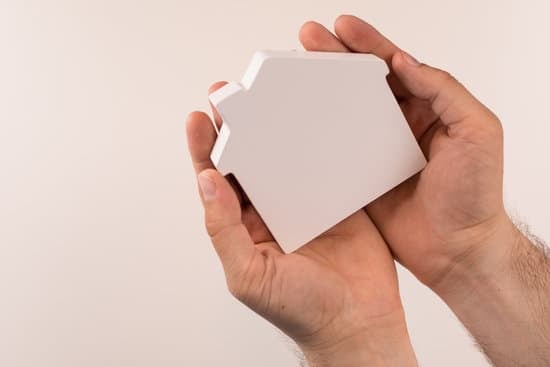Can Yogurt be Used as a Starter Culture for Cheesemaking?
Cheesemaking is an ancient craft that requires patience, skill, and the proper materials. The starter culture is one of the key ingredients in cheese-making, as it determines the flavor and texture of the final product. Traditionally, a starter culture is added to milk to acidify it and create an environment that is conducive to the growth of good bacteria. However, some cheesemakers have experimented with using yogurt as a starter culture instead. Let’s explore this technique and how it can be used to make a Homestead Yogurt-Cultured Hard Cheese.Understanding Starter Cultures for Cheese-making
Before we dive into using yogurt as a starter culture for cheese, it’s essential to understand the role of starter cultures in general. Starter cultures are a mix of bacteria that are added to milk to ferment it and turn it into cheese. The bacteria play a crucial role in creating the flavor, texture, and aroma of the cheese. There are two main types of starter cultures: mesophilic and thermophilic. Mesophilic cultures are used for making soft cheeses like Brie and Camembert. Thermophilic cultures are used for making hard cheeses like Cheddar and Parmesan.The Role of Yogurt in Cheese-making
Yogurt can be used as a starter culture for cheese-making because it contains active bacterial cultures, including Lactobacillus bulgaricus and Streptococcus thermophilus. These bacteria are mesophilic, which means they thrive at lower temperatures and can produce a variety of flavors and aromas in the cheese. When yogurt is added to milk, the bacteria in the yogurt multiply and acidify the milk, creating an environment that is conducive to the growth of good bacteria.The Benefits of Using Yogurt as a Cheese Starter
Using yogurt as a starter culture for cheese-making has several key benefits. Firstly, yogurt is a readily available and affordable source of starter culture. You don’t need to purchase a specific type of culture or worry about maintaining it properly. Secondly, because yogurt is a mesophilic culture, it can be used to make a wide variety of cheeses, from soft to hard. Thirdly, using yogurt as a starter culture can create a unique flavor profile in the cheese, as the bacterial strains in yogurt are different from those found in traditional starter cultures. Benefits summary:- Readily available and affordable
- Can be used for different types of cheeses
- Creates a unique flavor profile
How to Make Homestead Yogurt-Cultured Hard Cheese
Now that we’ve explored the benefits of using yogurt as a starter culture, let’s look at how to make a Homestead Yogurt-Cultured Hard Cheese. This recipe was developed within the Amish country and uses yogurt instead of a traditional starter culture. Here’s what you’ll need: Ingredients:- 1 gallon whole milk
- 1/2 cup plain yogurt (with active bacterial cultures)
- 1/4 teaspoon mesophilic starter culture (optional)
- 1/4 teaspoon rennet
- 1 tablespoon salt
- Butter (for rubbing)
- Heat the milk to 86°F in a large pot over low heat.
- Add the yogurt and stir thoroughly. If using a mesophilic starter culture, sprinkle it over the surface and let it sit for five minutes before stirring.
- Add the rennet and stir gently for one minute. Cover and let sit for 45 minutes.
- Cut the curd to the size of small peas and let it rest for five minutes.
- Stir the curd gently for five minutes and then raise the temperature to 98°F for an additional 30 minutes.
- Pour the curds into a cheesecloth-lined mold and press for six hours.
- Salt the cheese and allow it to age in a cool, dark place for 2-4 months. Rub with butter occasionally to prevent cracks and add flavor.
Tips for Aging and Preserving Yogurt-Cultured Hard Cheese
Aging cheese can be a challenge and requires the right conditions to keep the cheese fresh and free of mold. Here are some tips for aging yogurt-cultured hard cheese: Tips:- Age the cheese in a cool, humid place with good airflow.
- Wrap the cheese in cheese paper or parchment paper.
- Avoid plastic wrap, as it can trap moisture and encourage mold growth.
- Turn the cheese every few days to prevent the development of a rind. Rub the cheese with butter to add flavor and prevent cracking.
- After a few weeks, taste the cheese to see how the flavor is developing. The longer you age it, the more complex the flavor will become.




















